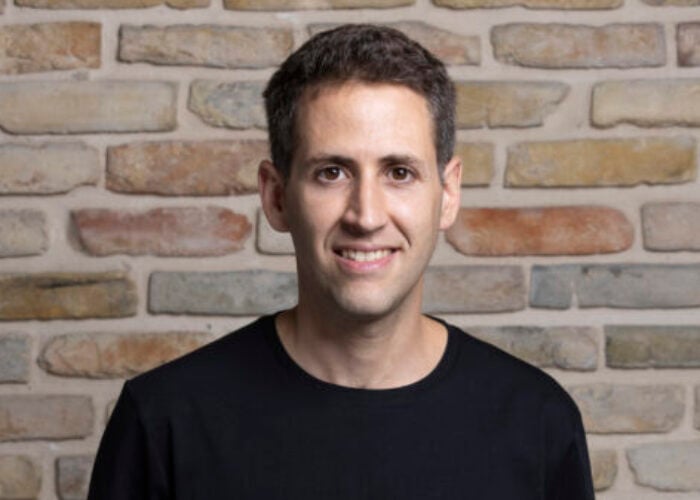Take any market research firm’s data on end-user demand for solar modules and compare that with manufacturing supply and there is a massive gap to the negative, pushing prices lower from bare wafers to modules. Last week, Q-Cells binned its forecast for revenue for 2009, citing continued lack of demand and falling prices due to the competitive landscape caused by overcapacity.
However, FiT’s, stimulus packages and growing global awareness of the need for PV suggests that in a few years, these current hard times will be a thing of the past.
Try Premium for just $1
- Full premium access for the first month at only $1
- Converts to an annual rate after 30 days unless cancelled
- Cancel anytime during the trial period
Premium Benefits
- Expert industry analysis and interviews
- Digital access to PV Tech Power journal
- Exclusive event discounts
Or get the full Premium subscription right away
Or continue reading this article for free
The problem is, which year over the next few will demand catch up with supply? What should PV manufacturers do to survive until that time in the near future that enables companies to make a profit and build businesses for the future? Worse is the view that overcapacity is here to stay so PV manufacturers need to react now and fast, otherwise there will be no future?
The continued module price declines and extreme competitive environment will continue while the overcapacity scenario continues. The problem is that the market research firms and the industry at large do not have detailed and accurate data available as to how much nominal capacity actually exists and what the current factory utilization rates actually are.
This could result in a warped perspective of real supply overhang compared to educated probable overhang. Importantly, it often takes ‘nominal’ capacity as given (overinflated) and actual capacity (underestimated) but also leaves gaps caused by the fast paced dynamics of an industry growing and shrinking too fast to comprehensively characterise in ‘real-time.’ Lags in real-time data grow when the industry dynamics change so fast.
Then there is the role of the trade press and general media commentary on these issues that can perpetuate, overexaggerate or incorrectly report on the real situation at hand. The media in general will often be lambasted for doom and gloom industry perspectives and ridiculed (trade press) when a rosy picture is reported when darkness still surrounds many in the world of manufacturing reality.
Attending Intersolar North America last week, I had a few opportunities to discuss with senior PV manufacturing executives and industry analysts the issues surrounding overcapacity data and what happens to that overcapacity in a period of fast-changing dynamics.
My hypothesis was based on a view that there is a significant amount of nominal capacity in place that is fast becoming redundant due to the continuing rapid module price declines, making much of this capacity uncompetitive. This capacity, wherever it may be, has already been affected, forcing ‘much’ to be idled. However, when supply and demand reach a new balanced state that capacity will not come back on stream because it’s old technology, unable to compete at the significantly lower price levels that are then the norm.
This means that overcapacity figures are now and will continue to be overinflated until it can be verified such capacity should be removed from the nominal capacity models.
Only after the real return to supply/demand balance will it then be realised and covered and confirmed by the media. This would be too late for many and barely in time for others!
I am happy to report that my picture of supply and demand dynamics was not scorned by those I had time to discuss it with. Not surprisingly, the discussions led to when the balance would return, either later than I was projecting or sooner.
The challenge for all of us was the realization that without the real detailed capacity data we all were pontificating on, it was a position that wouldn’t hold up in a court of law.
My conclusion was that we obviously need better data but also better modelling and also a better understanding of what the true impact is on manufacturing when confronted with rapid and potentially long-periods of price declines whether gradual or fast paced. This of course should be taken in light of the real demand, another Pandora’s Box that needs to be opened and debated, not least modelled better than it currently is!
Is it a simple stupid moment?
It’s certainly a very difficult and incredibly complex situation for the industry to be in and now requires some smart minds to get to grips with the real problem. That’s not going to come from the media but I genuinely don’t believe it can just be left up to the market analyst either, over to you!






